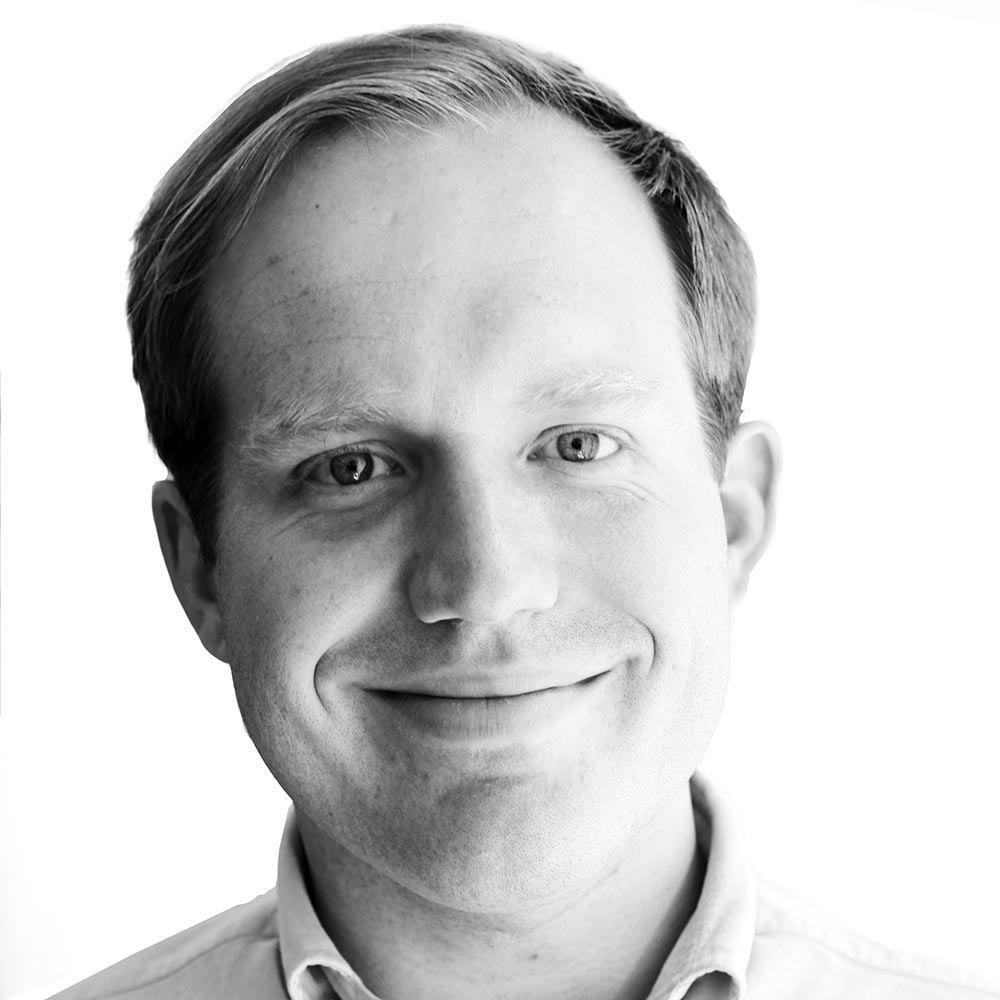After years of silence, former Trump national security adviser Michael Flynn has started courting his devoted fans in the QAnon conspiracy theory, sending out signals of support for the underground movement that the FBI considers a potential domestic terror threat.
Flynn, who won a legal victory last week after an appeals court panel ordered a federal court judge to end the Justice Department’s case against him, recently added a QAnon hashtag to his Twitter bio. And he’s started writing an internet column filled with QAnon-style imagery.
Flynn and his lawyer didn’t respond to a request for comment. But those who have closely followed the conspiracy say the signals are quite evident.
“I think these dog whistles are subtle enough that if you don’t know anything about Q, you can read this piece and not feel like he’s talking to a bunch of violent conspiracy theory maniacs,” said Mike Rothschild, a journalist who tracks the QAnon movement.
QAnon believers decipher online “clues” posted by an anonymous figure named “Q,” constructing a worldview that imagines Donald Trump and his allies engaged in a covert war against pedophile-cannibals in a nefarious global cabal that includes top Democrats. Since launching in October 2017, the movement has gained a surprising foothold in the Republican Party, with QAnon promoters invited to the White House, winning GOP nominations for office and, in one case, poised to win a House seat.
Flynn plays a large role in QAnon mythos, where his guilty plea for lying to the FBI about his discussions with Russian officials has been spun to make him a persecuted victim of the deep state—or even, in some cases, as the mysterious “Q” himself. Many QAnon fans have added three star-emojis to their Twitter handles, in a nod to Flynn’s status as a retired three-star general. Pictures of books supposedly signed by Flynn with the QAnon slogan “Where we go one, we go all” are seen in the QAnon community as powerful “proof” that QAnon is real, although their authenticity hasn’t been proven.
Through it all, Flynn had publicly stayed silent on QAnon and his role in the conspiracy theory, while his son told QAnon believers to stop claiming his father was involved in their worldview. But sometime in the last month, Flynn edited his Twitter bio to add a QAnon hashtag: #TakeTheOath.
In a QAnon take on the Ice Box Challenge, “taking the oath” has become a viral phenomenon where believers film themselves taking an oath to become “digital soldiers” to defend the Constitution.
“They’re literally taking an oath to an anonymous conspiracy avatar,” Rothschild said.
Flynn himself actually coined the term “digital soldiers” years ago, in reference to United States cyberwar capabilities. But QAnon believers have recently become fixated on it, convincing themselves that Flynn was actually referring to them. The oath craze has gone so far that, on Saturday, QAnon believer and Republican Senate nominee Jo Rae Perkins posted a video of herself taking the oath to become a “digital soldier.”
“It had nothing to do with people making memes of cartoon frogs, but these people are looking into their phones and very solemnly reciting the oath of enlistment,” Rothschild said.
Flynn’s embrace of the TakeTheOath hashtag represents new validation for QAnon believers. But it doesn’t end there. He’s also written two columns for the right-wing website Western Journal that are replete with QAnon imagery.
Flynn’s columns don’t mention QAnon codes or beliefs explicitly. But they focus on the same kind of violent, apocalyptic, religious language popular with QAnon believers.
His June 11 column, for example, warns that the “forces of evil want to steal our freedom in the dark of night, but God stands with us,” while barely specifying what political issues he’s talking about.
“They’re really weird,” Rothschild said of the columns. “They’re really sort of vague and messianic and talking in these big biblical cliches, real clash-of-civilizations stuff.”
Flynn’s June 29 column, meanwhile, warns that 98 percent of Americans are about to be controlled by “2 percent of the people,” an idea that’s resonated with QAnon believers convinced a cabal of villains runs the world.
In that same column, Flynn rambles about a war between the “children of light” and the “children of darkness.” Contrasts between darkness and light, as well as a fear about vulnerable children, are both major motifs in QAnon clues.
“If the United States wants to survive the onslaught of socialism, if we are to continue to enjoy self-government and the liberty of our hard-fought freedoms, we have to understand there are two opposing forces: One is the ‘children of light’ and the other is the ‘children of darkness,’” Flynn writes.
For QAnon believers, Flynn’s nods to their conspiracy theory come at a time of remarkable ascendance. The movement is likely to have an outright believer elected to Congress and recently, the president’s son, Eric, posted a QAnon image directly to his instagram page. All this comes as the conspiracy theory grows increasingly violent—with QAnon adherents having been charged with two murders, a terrorist incident near the Hoover Dam, and multiple child kidnapping plots, among other crimes. And for Rothschild, the fear is that Flynn should know better and is egging it on anyway.
“I don’t think a lot of people in the Trump orbit really understand what Q is, but I think he definitely understands,” Rothschild said. “And he’s playing these people like a fiddle.”








